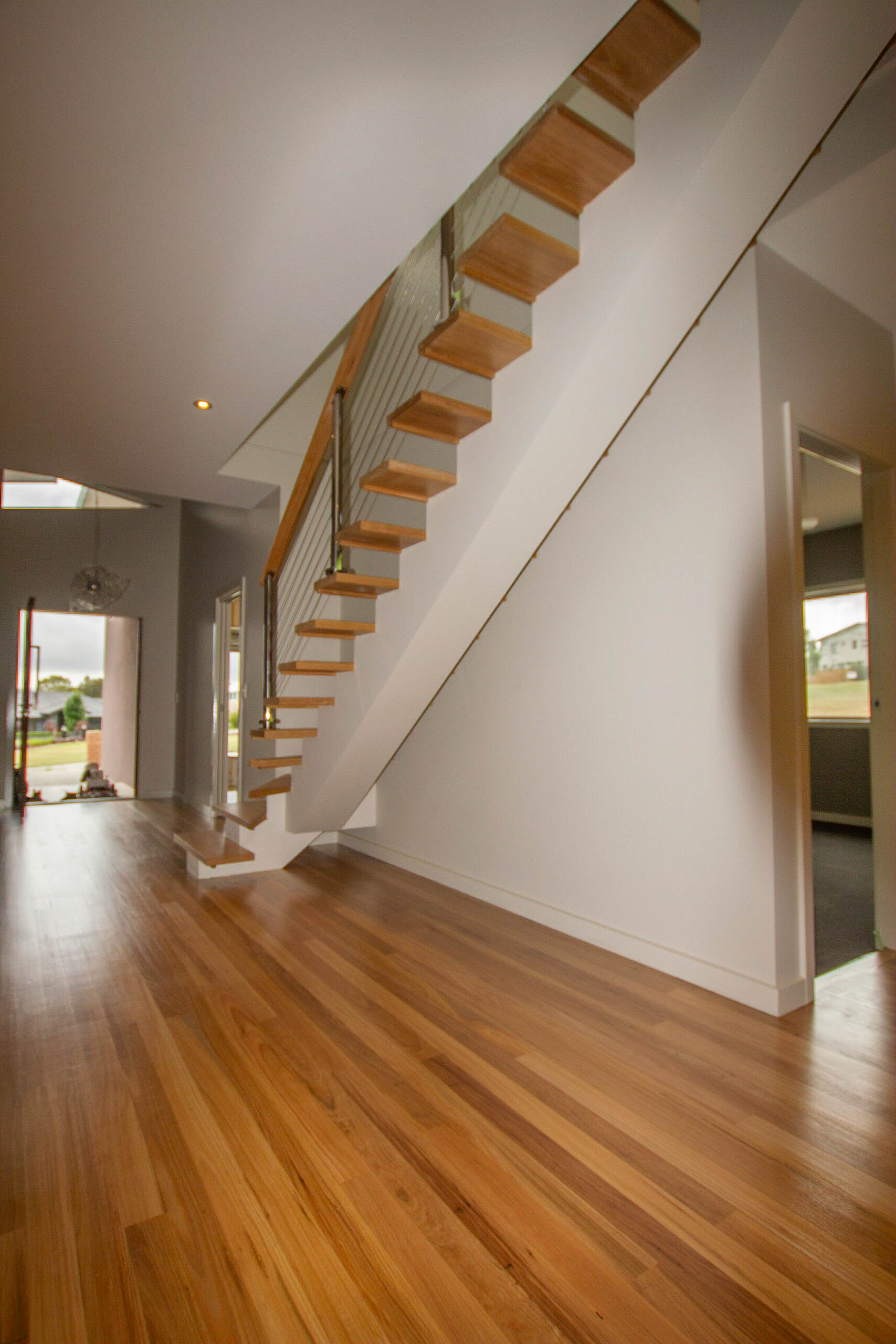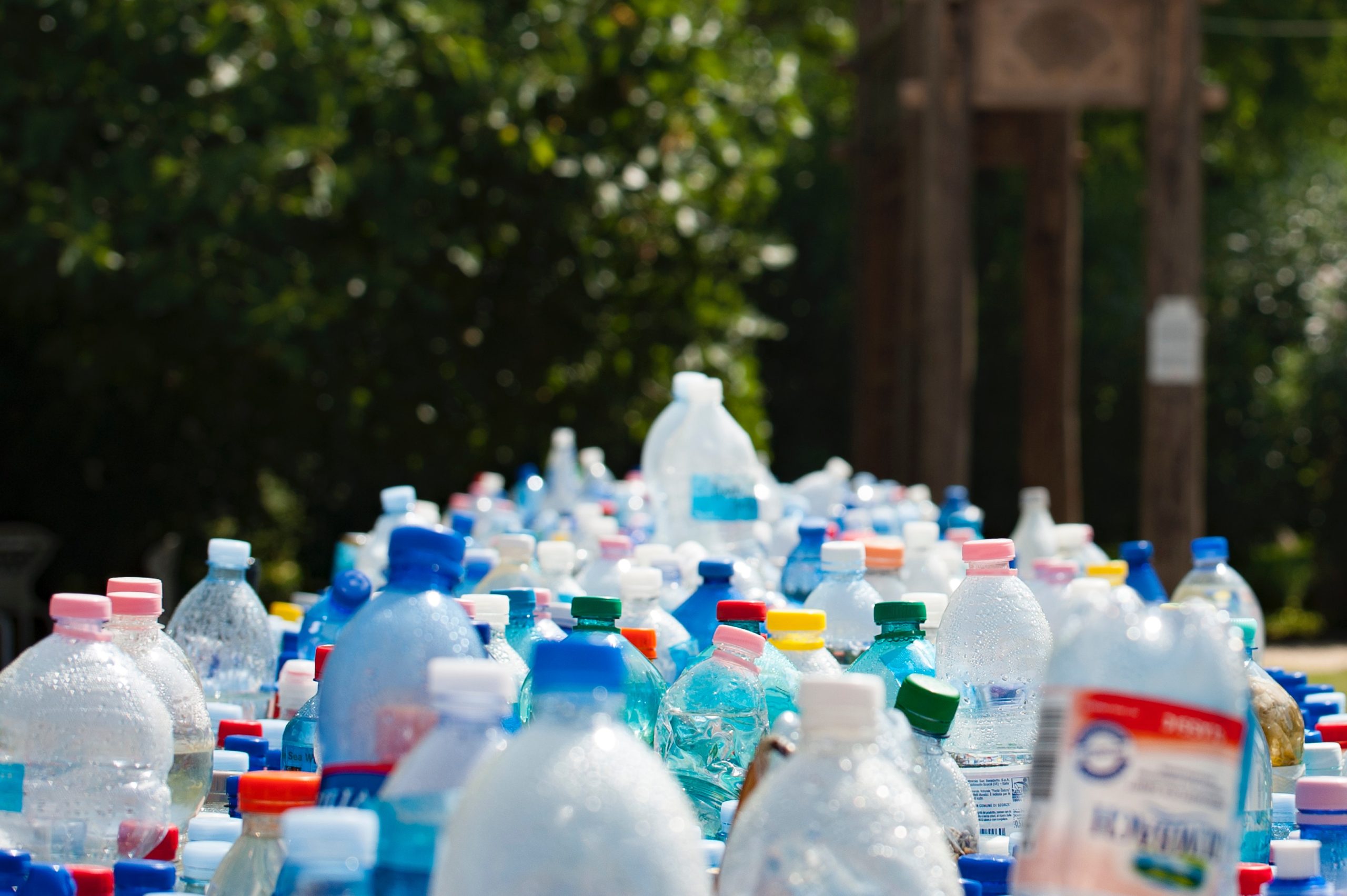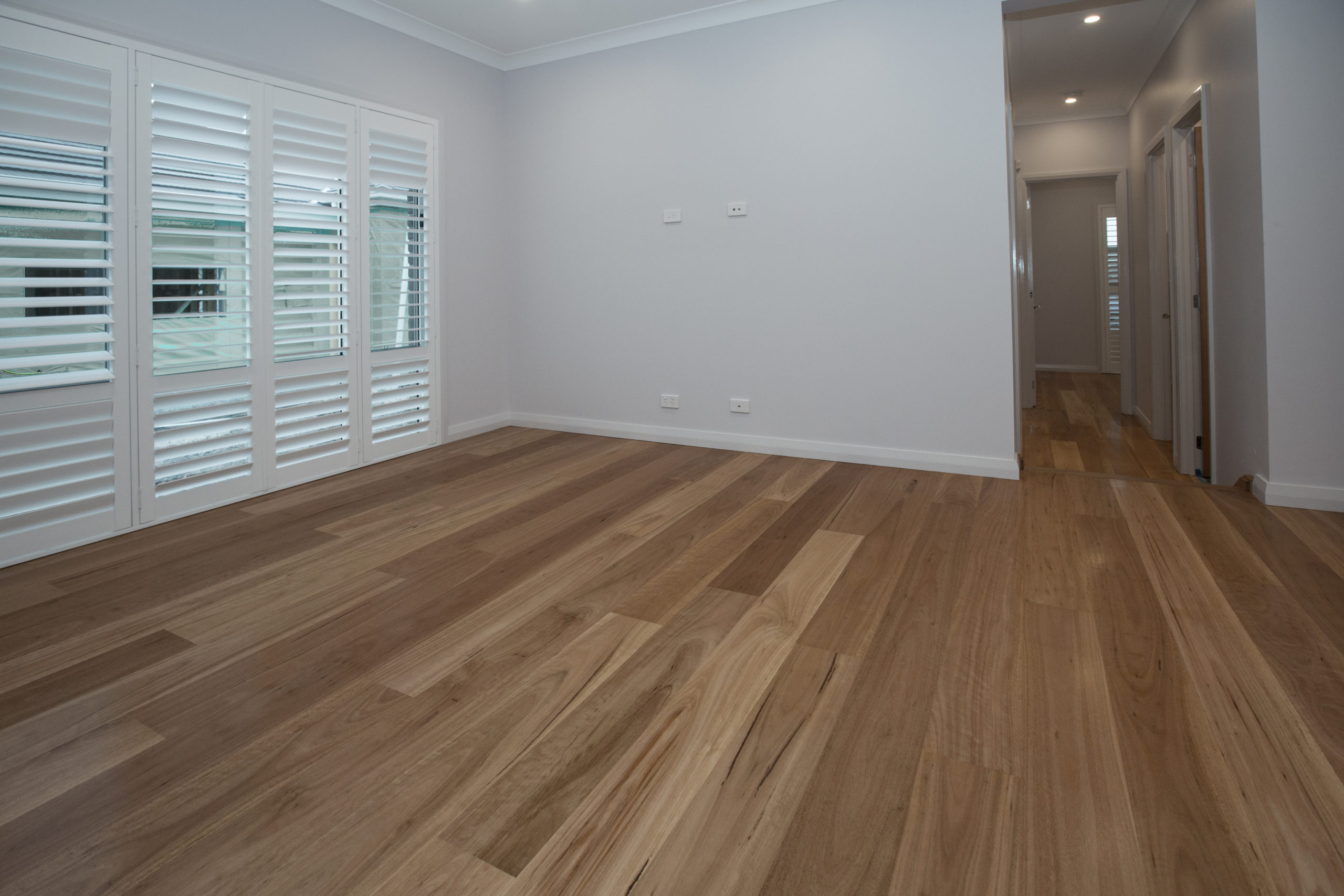FAQ's
Is solid Flooring Sustainable
Yes it is
Sustainably sourced timber flooring is renewable and a great assett to your home
Is Timber Climate Friendly
Yes. Timber that is sourced responsibly is the only renewable building material available. While growing, trees naturally remove CO2 from the atmosphere. The timber products then store the carbon that the growing trees have removed from the air. Approximately half of the dry weight of wood is carbon.
Timber or Tiles
Read this article from Architecture and Design.
Is it Green
the greenest choice
Avaliable
- Renewable resource
- Permanent Carbon Store
- Clean
- Low to zero allergins
- Localy produced
- Minimal production energy
Is timber Better for my Family
Authored by Graham Lowe, Ph.D., a workplace performance and wellness expert: ‘Wood, Wellbeing and Performance: The Human and Organizational Benefits of Wood Buildings’, shows how increasing the use of wood and nature-inspired materials can be good for our health.
See the report
Builders standard flooring options
Is your builder offering potentially carcinogenic floor coverings, get them to call us for a healthy alternative.
See – The hunt for non-toxic flooring.
over concrete
No Problem
- Over slabs or particle board
- Options for height restrictions
- Get your builder to call us
Is wood production climate freindly
The processing and production of timber requires much less energy – referred to as embodied carbon – than than other more carbon-intensive manufactured materials, giving wood a significantly lower carbon footprint. As a result wood can be used as a low-emission substitute for materials that require larger amounts of fossil fuels to be produced.
Many other floor covering are energy intensive in production. Most of these including engineered, laminate, tiles and LVP are produced overseas, resulting in excessive carbon mileage associated with global transport. See the shady ships report.
What about cost
It is true that solid timber is more expensive than some other floor coverings, it is also true that home buyers are willing to pay the most for properties which
have solid timber floors. This is reflected by research which
suggests that installing hardwood flooring has a return on investment between 70% to 80% according to Realtor.
Additionally, home remodeling expert Alex Biyevetskiy claims
that hardwood flooring increases the resale value of housing by 2.5% when done right.
Solid timber is forever and wont need replacement like laminates or carpet.
Carpet Or solid timber
Carpet has fallen in popularity over time and is now generally only used in bedrooms for its “coziness”. Houses with carpet tend be less popular on the market than their timber counterparts, due to the allergies, cleaning challenges and short lifespan. Furthermore, they simply lack the luxury look and feel of solid timber flooring. This also goes for laminates and engineered boards with that floating feel, unsightly beveled edges and plastic fake appearance.
Solid timber flooring
The greenest choice there is
Sustainable - Environmentally Friendly - Extremely low Energy to produce - Natural Carbon Store - Low Carbon Millage - Clean and Green
Timber is a permanent natural carbon store right in your home. Have a look at the PLANET ARC “make it wood” campaign. Solid timber flooring is extremely energy efficient to produce locally, giving it exceptionally low embodied carbon levels.


Solid Timber
Is generally locally produced and is not glued together with potentially hazardous glues like a lot of composite/engineered planks.
Many wood-look planks produced overseas contain these hazardous compounds.

Plastic - vinyl plank
While we are getting rid of bags and single use plastics, it doesn't make sense to put more in your home.
LVP vinyl planks and some laminates are introducing more plastic to your home.
Polyvinyl Chloride flooring will generally release VOC's (volatile compounds) and also the micro dust associated with wear will generally contain dioxins.
Potential toxins in vinyl flooring.

